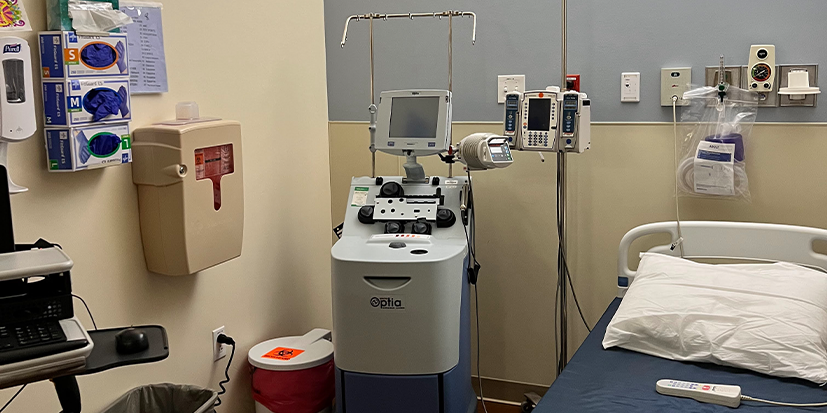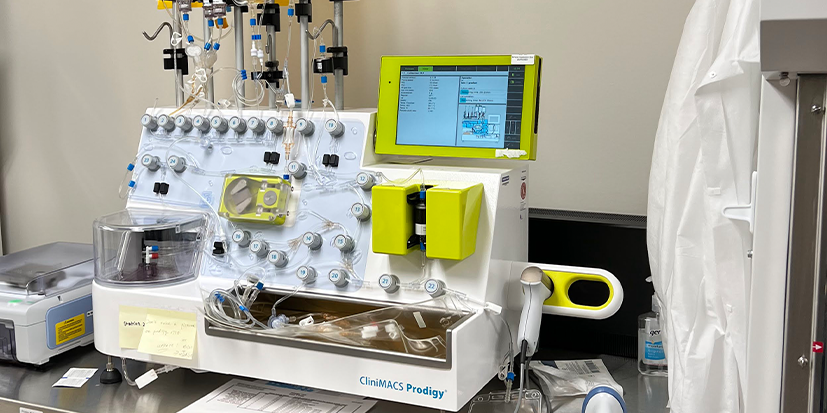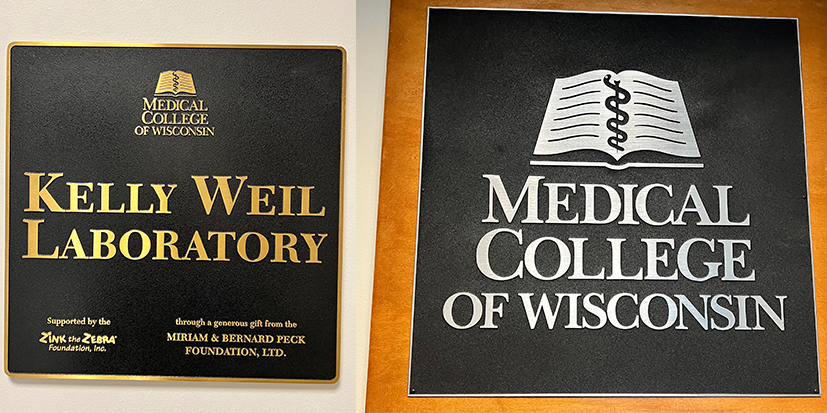Research
Glanzmann's Thrombasthenia: Dr. David Wilcox's Research and Advances
Dr. David Wilcox, an Associate Professor of Pediatric Hematology, Oncology, and Bone Marrow Transplant at the Medical College of Wisconsin, is a leading figure in the fight against Glanzmann's Thrombasthenia. He also serves as an Adjunct Investigator at the Blood Research Institute of the Versiti Blood Center of Wisconsin and an Investigator at the Children’s Research Institute at the Children’s Hospital of Wisconsin.
Dr. Wilcox is the President of Platelet Targeted Therapeutics, a company dedicated to developing unique platelet-based therapies. For the past two decades, he and his team have been focusing on understanding platelets and their function in treating and potentially curing serious diseases.
His efforts have led to significant advances in our understanding of platelets and specific proteins, and their role in addressing several genetic disorders. Dr. Wilcox has been investigating the potential for utilizing the unique properties of platelets and has received numerous grants and awards for his work.
His research has led to the development of three platforms for megakaryocyte-specific gene therapy, addressing diseases including Glanzmann’s Thrombasthenia and Hemophilia A, as well as several types of cancer.
Dr. Wilcox is committed to exploring new directions and opportunities, translating basic research studies into first-in-human clinical gene therapy trials, with an emphasis on maximizing benefit vs. risk to the patients.
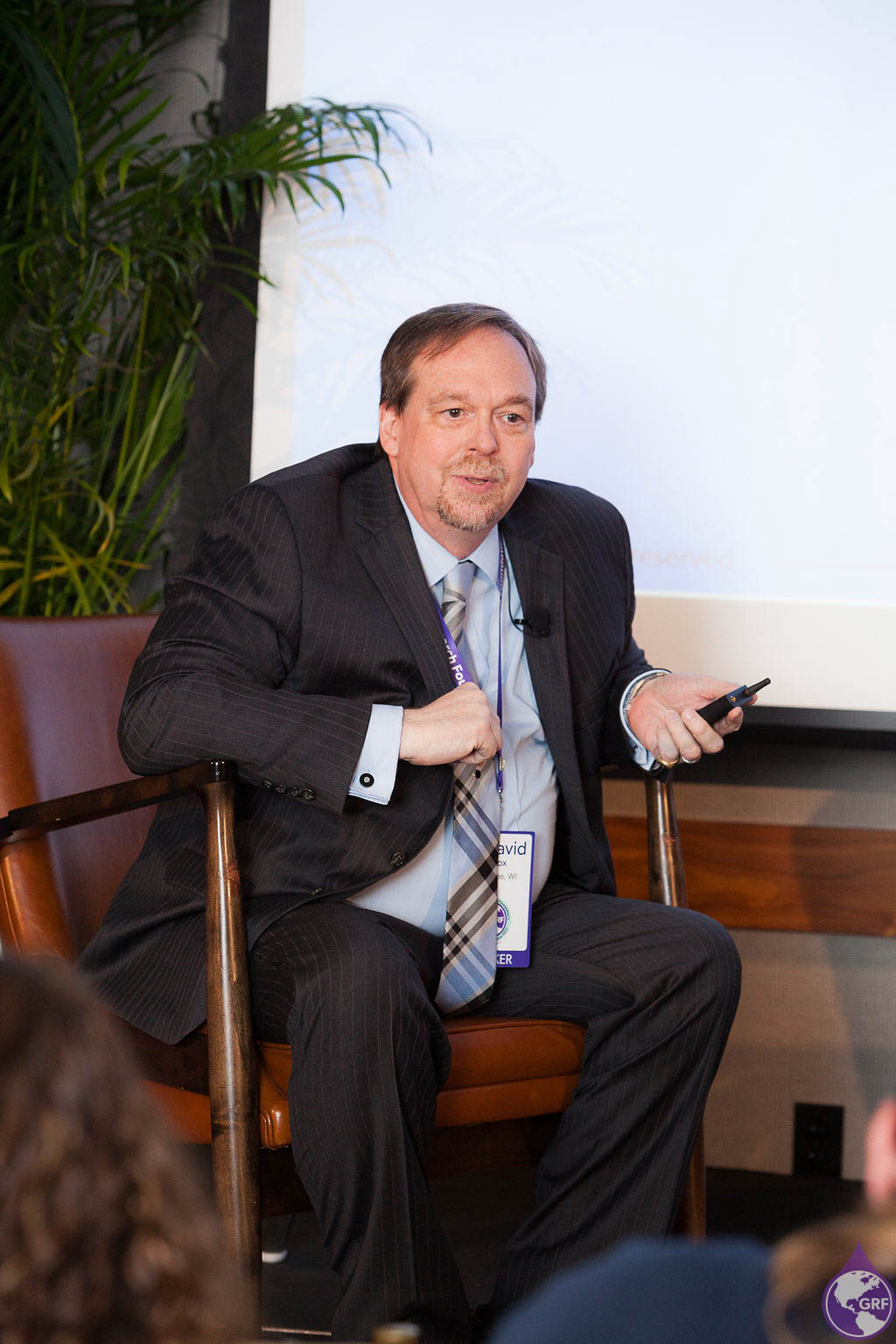
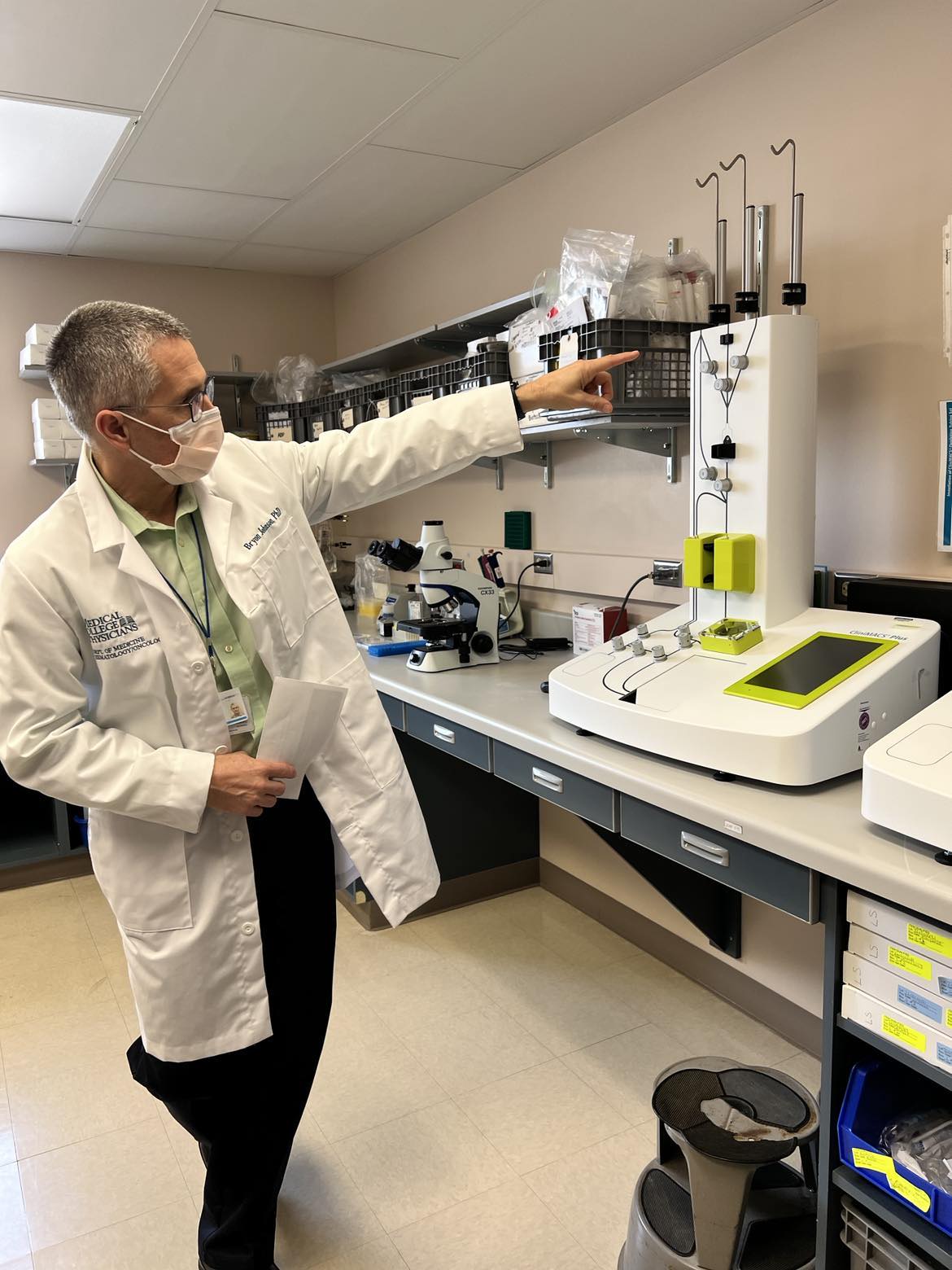
From Dr. Wilcox
“My project is novel to gene therapy because it is specifically concerned with replacing the affected protein in Glanzmann’s thrombasthenia by targeting synthesis of a normal protein to platelets, which is the cell-type most affected by GT.
Prior to last year, two patients with GT donated bone marrow derived cells for our studies and we were able to demonstrate correction of their cells grown in the laboratory following treatment of the cells with our gene therapy protocol.
Contributions to the Glanzmann’s Research Foundation have greatly furthered this effort by providing support for research supplies, housing and caring for animals.
“I hope that you continue to share in my enthusiasm for this work and thank you once again for your support.”
Because of the efforts of the GRF, we have restored platelet function in mice affected with GT now at 6 months past transplantation of gene therapy corrected cells into the animals. This is a very encouraging result and was accepted for presentation at the annual meeting of the American Society of Hematology in Philadelphia in December of 2002.
Following further tests, we will present this data for formal review by my peers in the scientific community and publication in a scientific journal. While results in the mice are very exciting, there are several steps that still need to be taken before proposing to correct GT in humans.
Beginning this year we will try to correct larger animals that have been found to have GT. This is a very challenging goal but also very necessary to ensure safety and clinical efficacy of our gene therapy protocol. I hope that you continue to share in my enthusiasm for this work and thank you once again for your support.”

